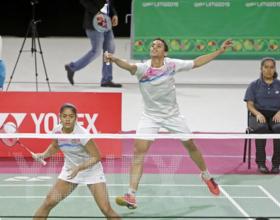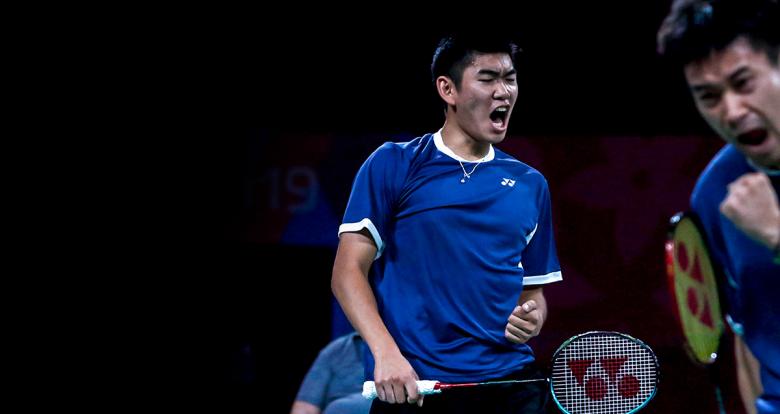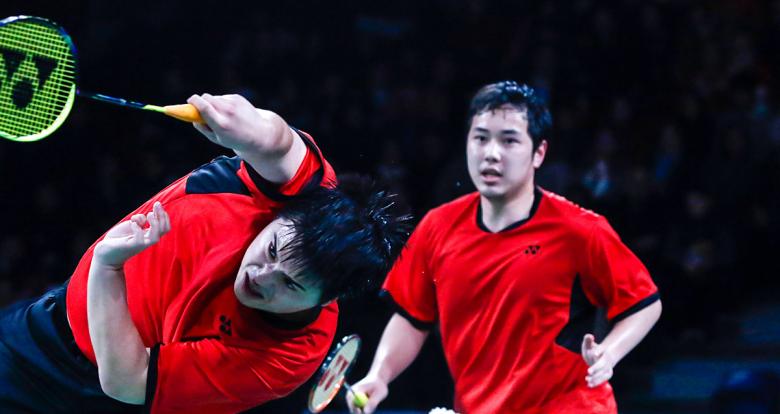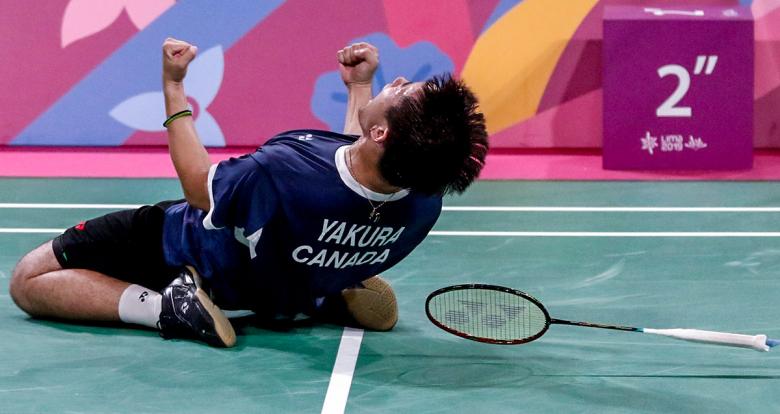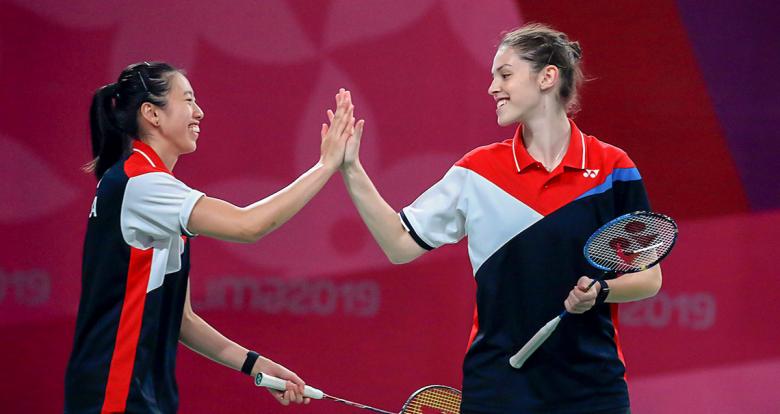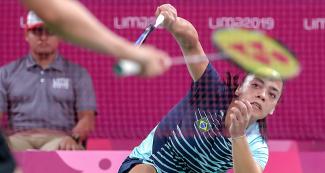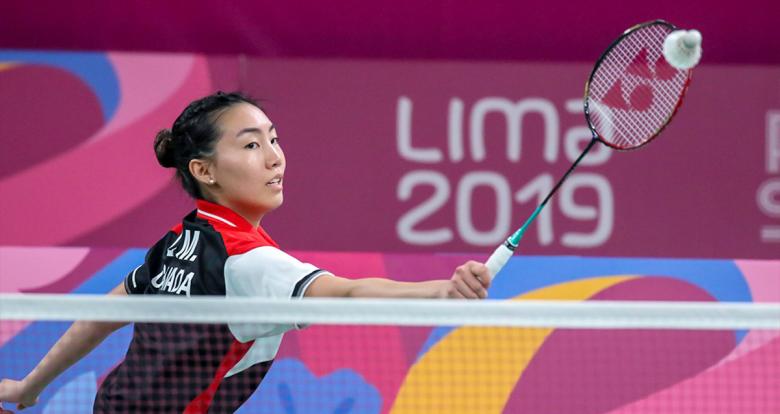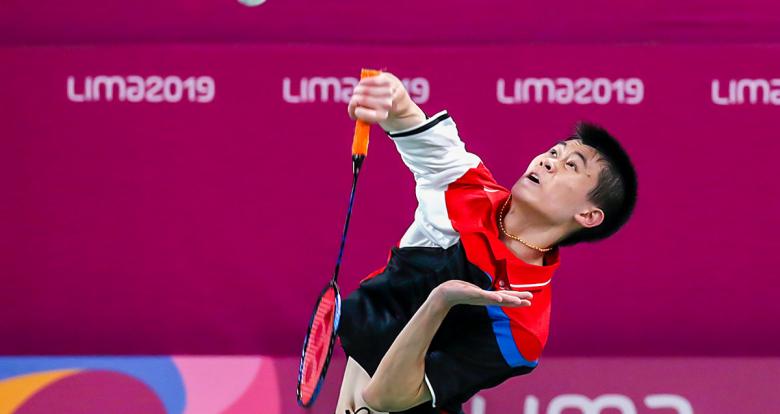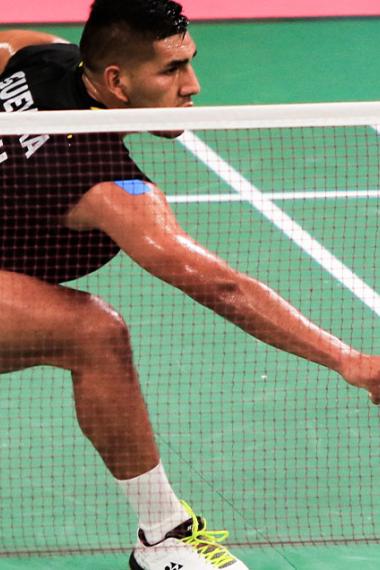
Badminton
|
male
|
female
|
mixed |
|---|---|---|
| Singles | Singles | Mixed Doubles |
| Doubles | Doubles |
|
male events
|
|---|
| Singles |
| Doubles |
|
female events
|
| Singles |
| Doubles |
| mixed |
| Mixed Doubles |
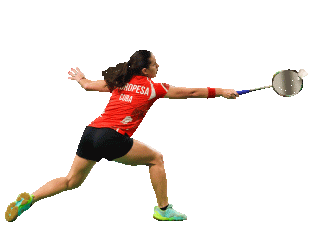
Each match was determined in three games. The player or team who reached 21 points first won each game. A point was awarded to the winning player or team of each rally. If there was a 20-all tie, the first team to gain a two-point lead won.
If there was a 29-all tie, the team that scored the 30th point won. A maximum interval of 60 seconds or less was allowed in each game when the leading score reached 11 points. An interval of no more than 120 seconds between the first and second games, and second and third games, was allowed in all matches.
Coaching was not allowed when the shuttle was in play. Between points the athlete may receive instructions from their coach at the coaches seating area. Winners of the first qualifying round advanced directly to the quarterfinals.
Before Lima 2019, Canada led the badminton competition in the Pan American Games with 17 gold medals, sport which took place in Sports Center 3 of the National Sports Village (Videna)
Keywords
Drive
A fast, low, near-horizontal shot over the net.
Drop
A shot hit softly and so quickly that it lands close to the net on the opponent’s side.
Shuttlecock
The feathered projectile struck by players’ rackets.
Smash
A hard overhead shot hit downward into the opponent’s court.
Badminton was created by British military officers and can be traced back to mid-18th century India. It was also referred to as “poona” after the town of Poona where it was popularized. Then the English spread it and established its rules. Badminton has been part of the Pan American Games since the 1995 Mar del Plata Games in Argentina.

Images
Related Albums



